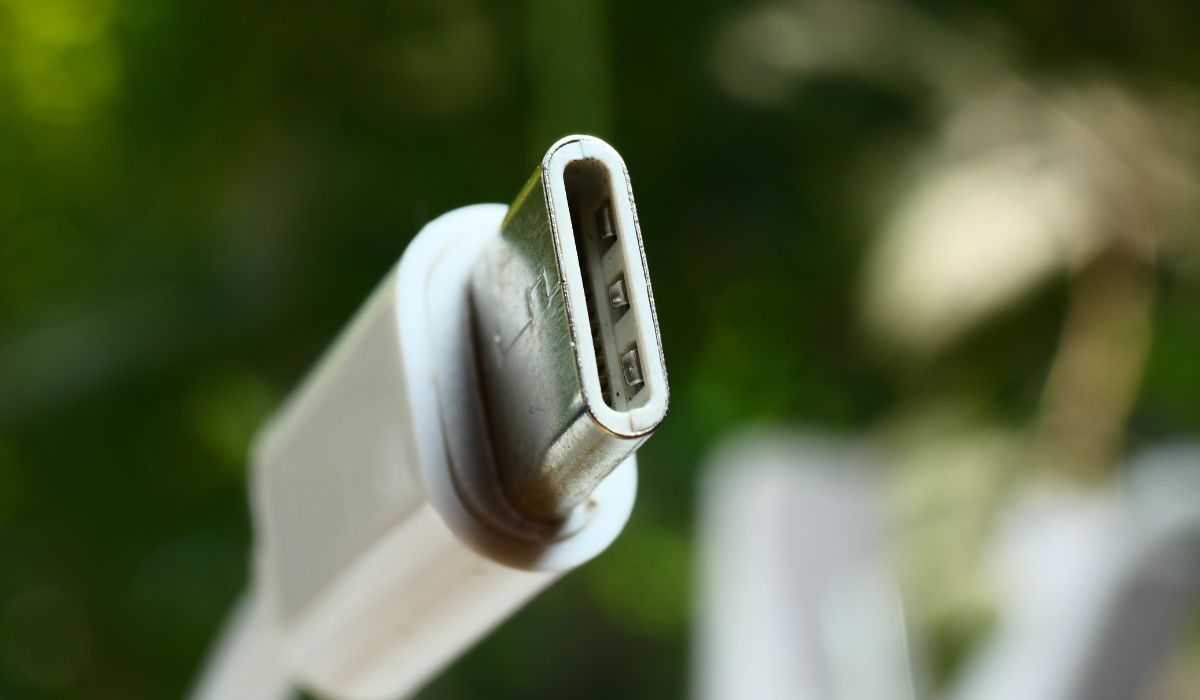USB-type C to become EU’s common charger by end of 2024.
European Parliament adopted new rules to make USB type-C the common charging standard for small electronic devices by the end of 2024.
- One single charger for all mobile phones and tablets – beneficial for the environment and for consumers
- USB Type-C port will be the new standard for portable devices, offering high-quality charging and data transfers
- Buyers will be able to choose whether to purchase a new device with or without a charging device.
By the end of 2024, all mobile phones, tablets and cameras sold in the EU will have to be equipped with a USB Type-C charging port. From spring 2026, the obligation will extend to laptops. The new law, adopted by plenary on Tuesday with 602 votes in favour, 13 against and 8 abstentions, is part of a broader EU effort to reduce e-waste and to empower consumers to make more sustainable choices.
Under the new rules, consumers will no longer need a different charger every time they purchase a new device, as they will be able to use one single charger for a whole range of small and medium-sized portable electronic devices.
Regardless of their manufacturer, all new mobile phones, tablets, digital cameras, headphones and headsets, handheld videogame consoles and portable speakers, e-readers, keyboards, mice, portable navigation systems, earbuds and laptops that are rechargeable via a wired cable, operating with a power delivery of up to 100 Watts, will have to be equipped with a USB Type-C port.
All devices that support fast charging will now have the same charging speed, allowing users to charge their devices at the same speed with any compatible charger.
According to a 2019 study by the European Commission 84% of consumers experienced problems relating to phone chargers in the previous two years.

Encouraging technological innovation
As wireless charging becomes more prevalent, the European Commission will have to harmonize interoperability requirements by the end of 2024, to avoid having a negative impact on consumers and the environment. This will also get rid of the so-called technological “lock-in” effect, whereby a consumer becomes dependent on a single manufacturer.
Better information and choice for consumers
Dedicated labels will inform consumers about the charging characteristics of new devices, making it easier for them to see whether their existing chargers are compatible. Buyers will also be able to make an informed choice about whether or not to purchase a new charging device with a new product.
These new obligations will lead to more re-use of chargers and will help consumers save up to 250 million euro a year on unnecessary charger purchases. Disposed of and unused chargers account for about 11 000 tons of e-waste annually in the EU.
The USB-type C devices included
The legislation covers mobile phones, tablets, digital cameras, headphones, headsets, handheld videogame consoles, portable speakers, e-readers, keyboards, mice, earbuds and portable navigation devices. Laptops will have to be adapted to the requirements 40 months after the law enters into force.
No need to buy new device with charger:
Under the new law, consumers have the option to buy a new device either with or without a charging device.
The common charger will finally become a reality in Europe. We have waited more than ten years for these rules, but we can finally leave the current plethora of chargers in the past. This future-proof law allows for the development of innovative charging solutions in the future, and it will benefit everyone – from frustrated consumers to our vulnerable environment. These are difficult times for politics, but we have shown that the EU has not run out of ideas or solutions to improve the lives of millions in Europe and inspire other parts of the world to follow suit”
Parliament’s rapporteur Alex Agius Saliba (S&D, MT) said
Council will have to formally approve the Directive before it is published in the EU Official Journal. It will enter into force 20 days after publication. Member states will then have 12 months to transpose the rules and 12 months after the transposition period ends to apply them. The new rules would not apply to products placed on the market before the date of application.
Background
In the past decade, Parliament has repeatedly called for the introduction of a common charger. Despite previous efforts to work with industry to bring down the number of mobile chargers, voluntary measures failed to produce concrete results for EU consumers. The legislative proposal was finally tabled by the Commission on 23 September 2021.

